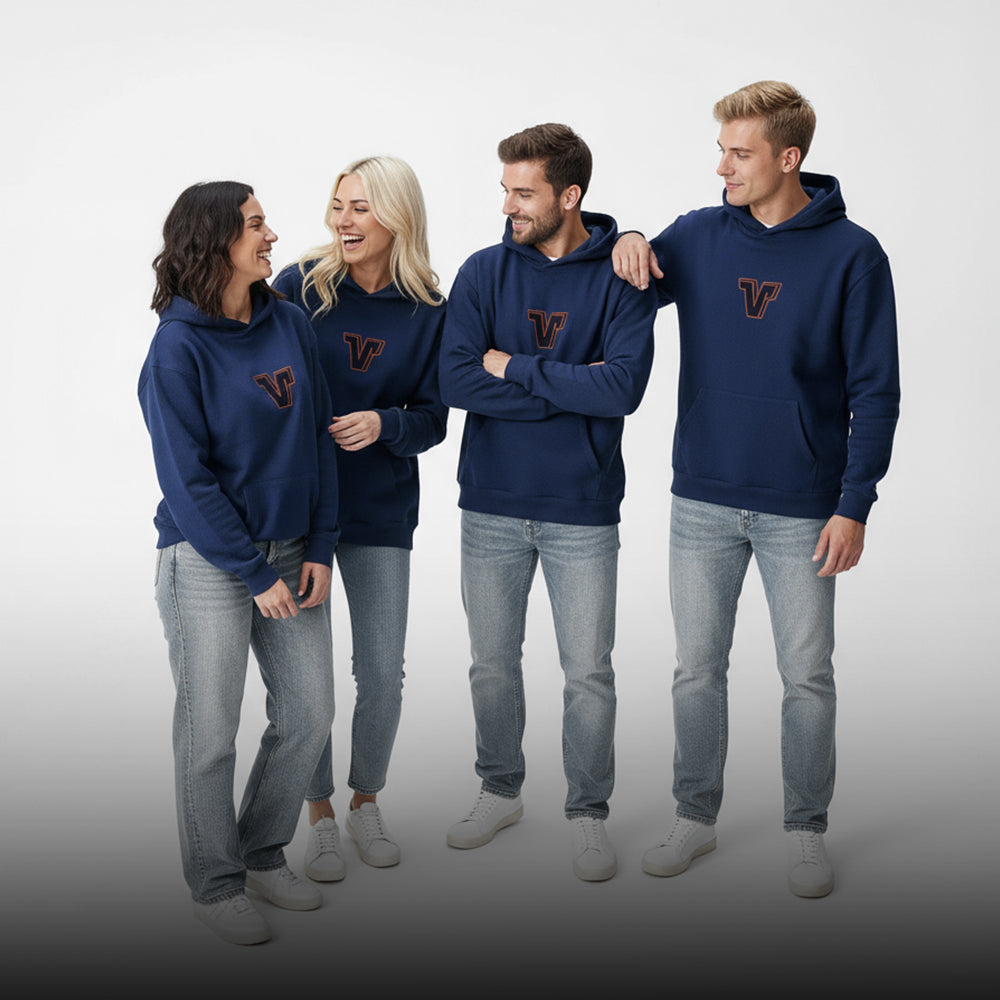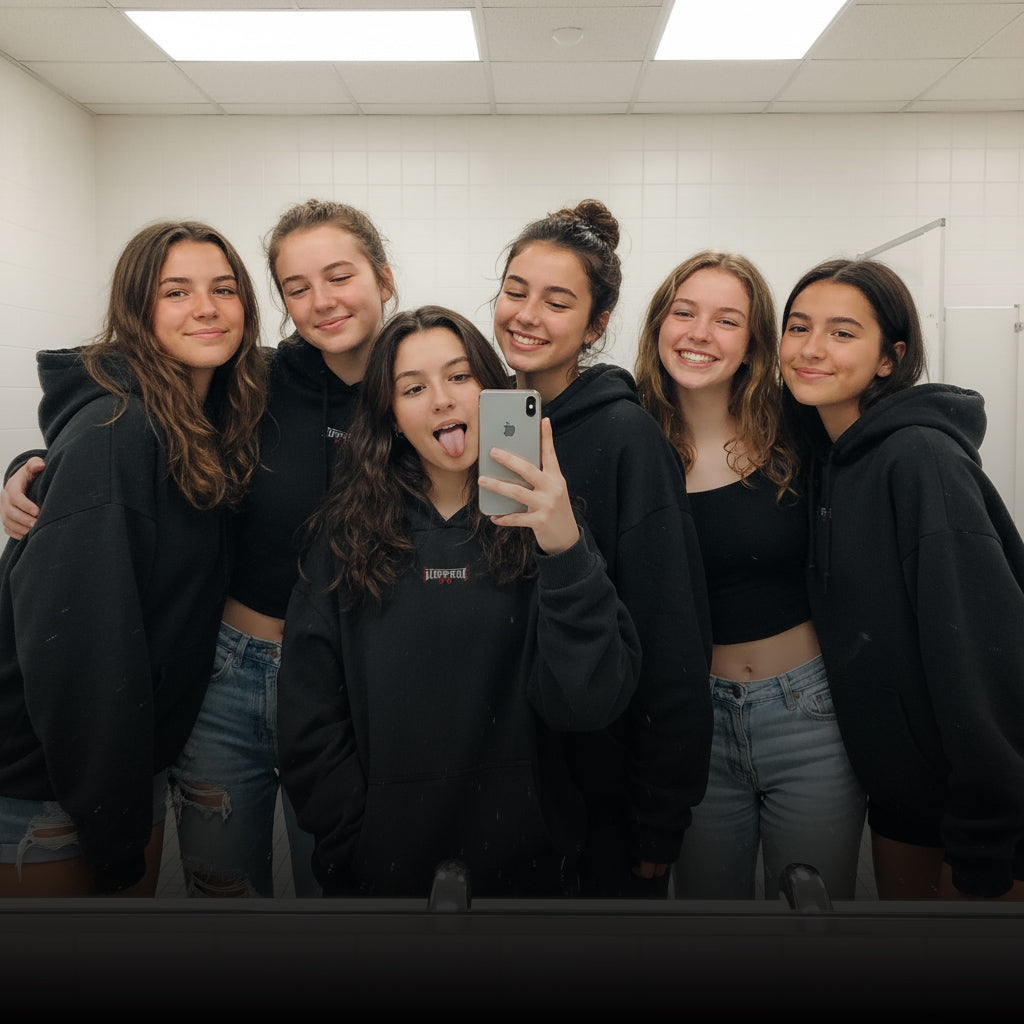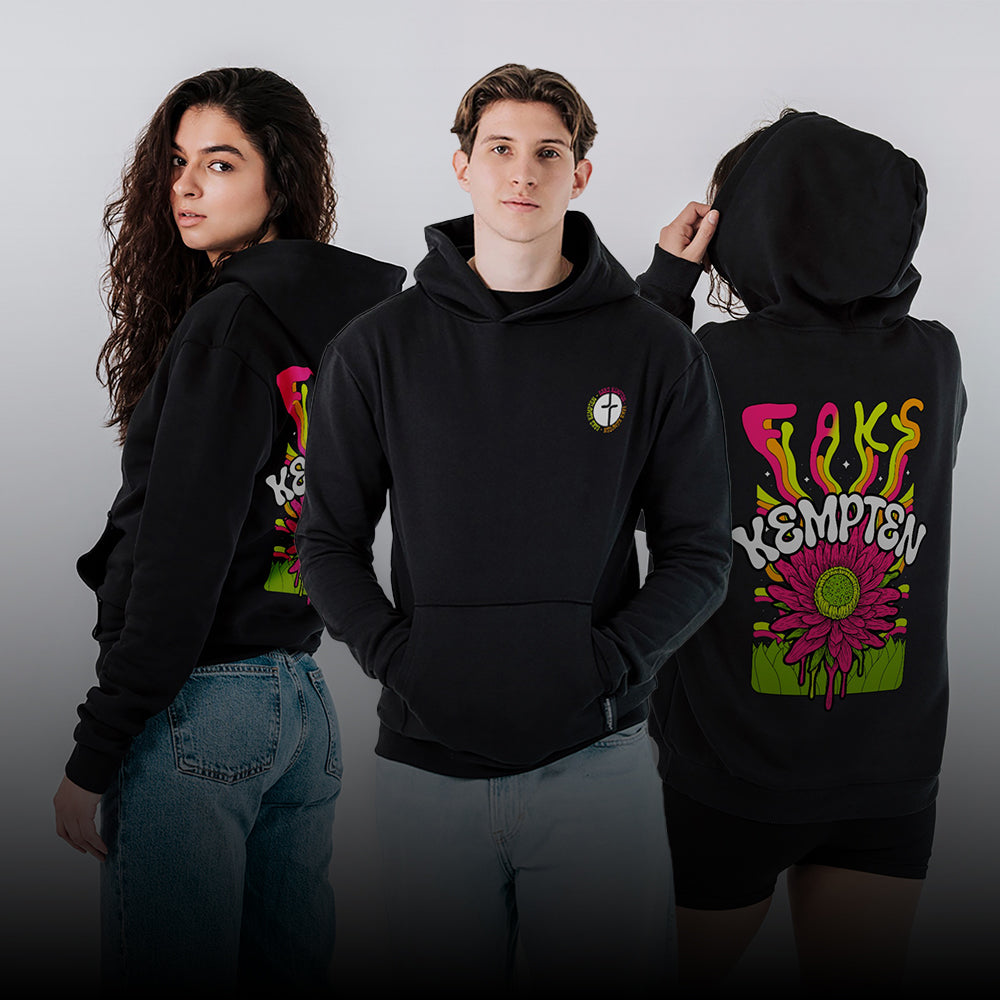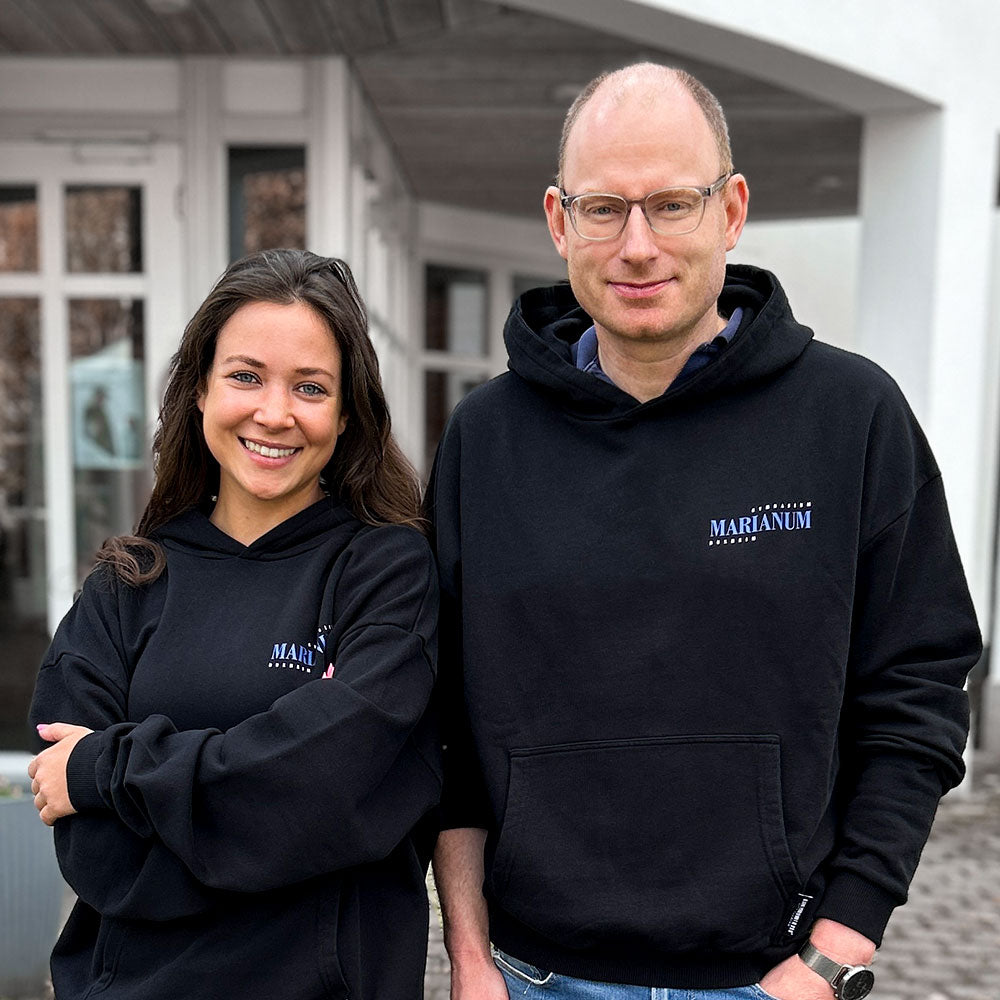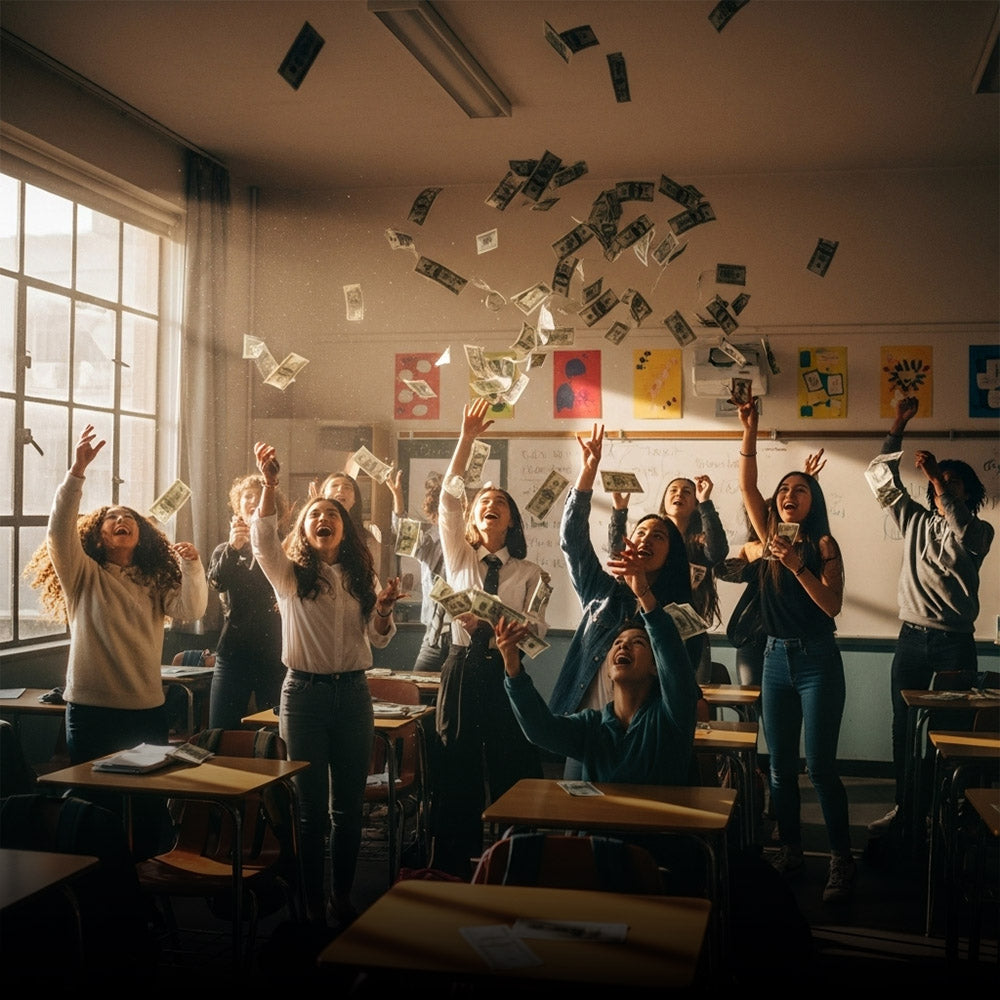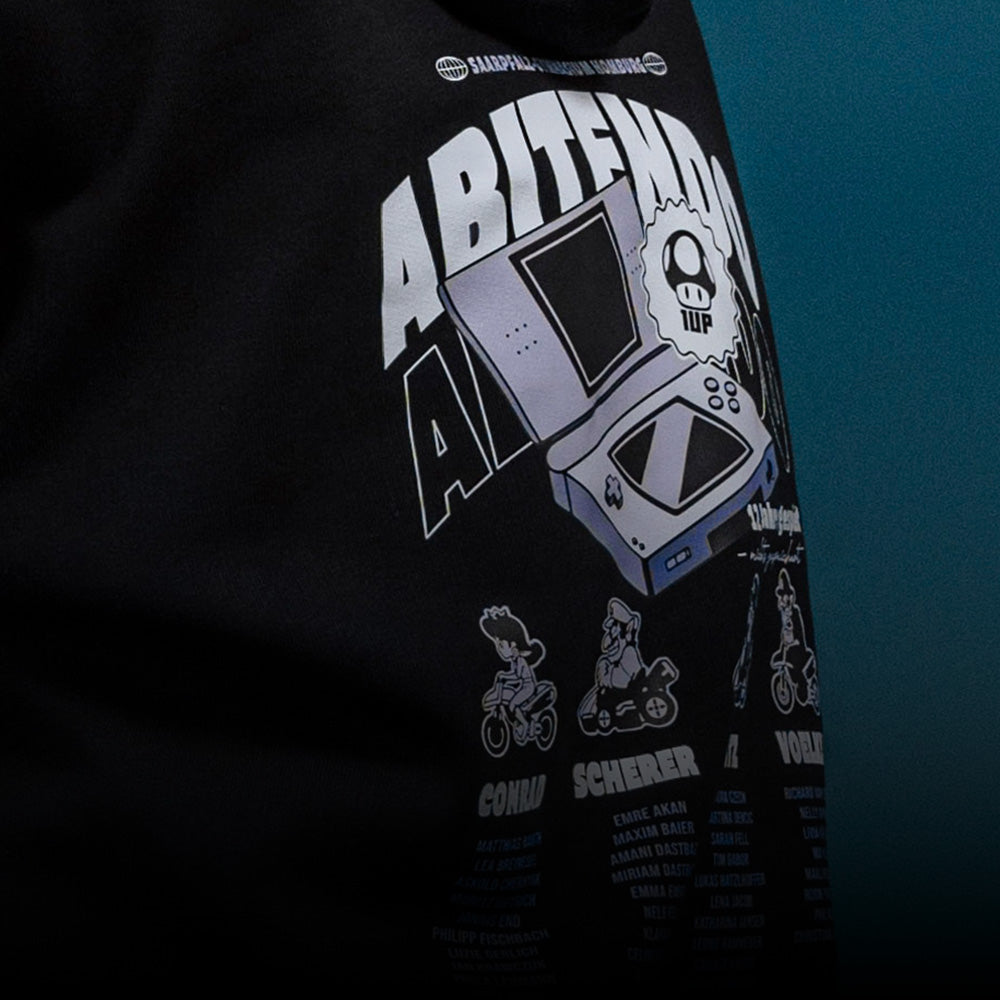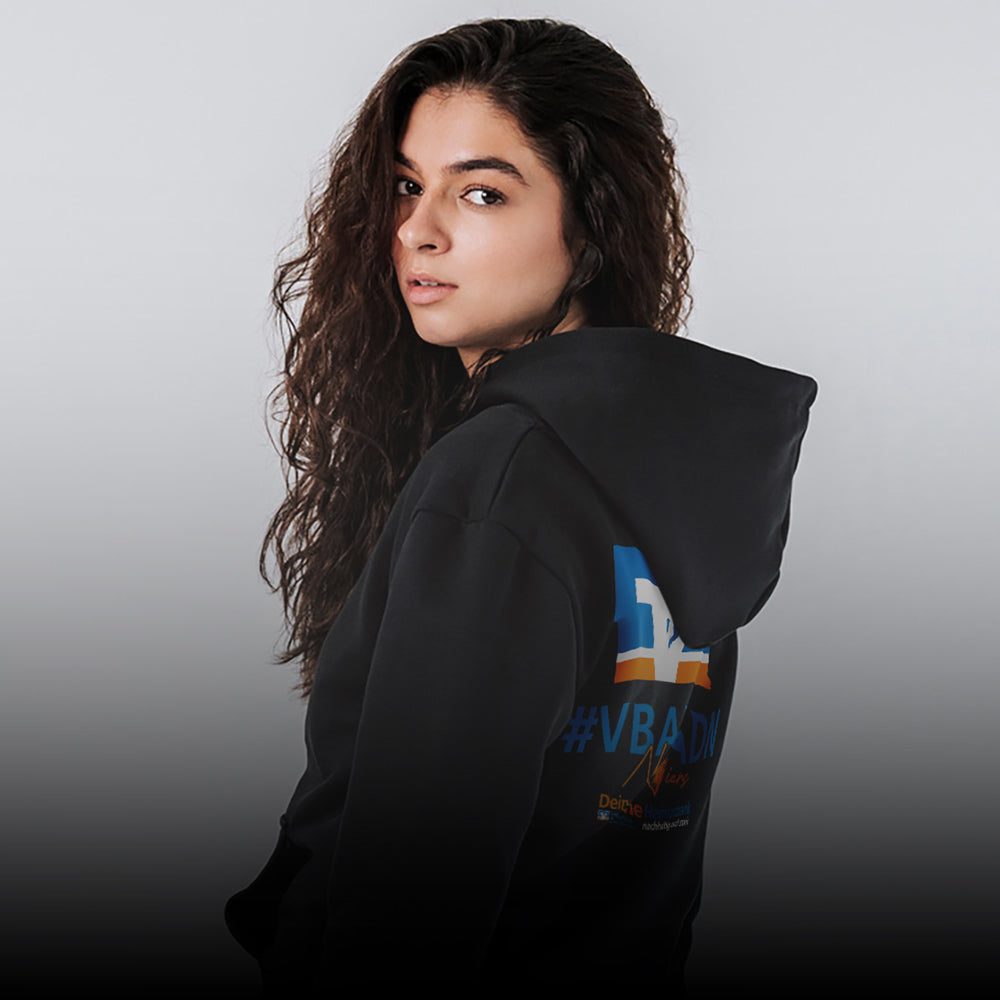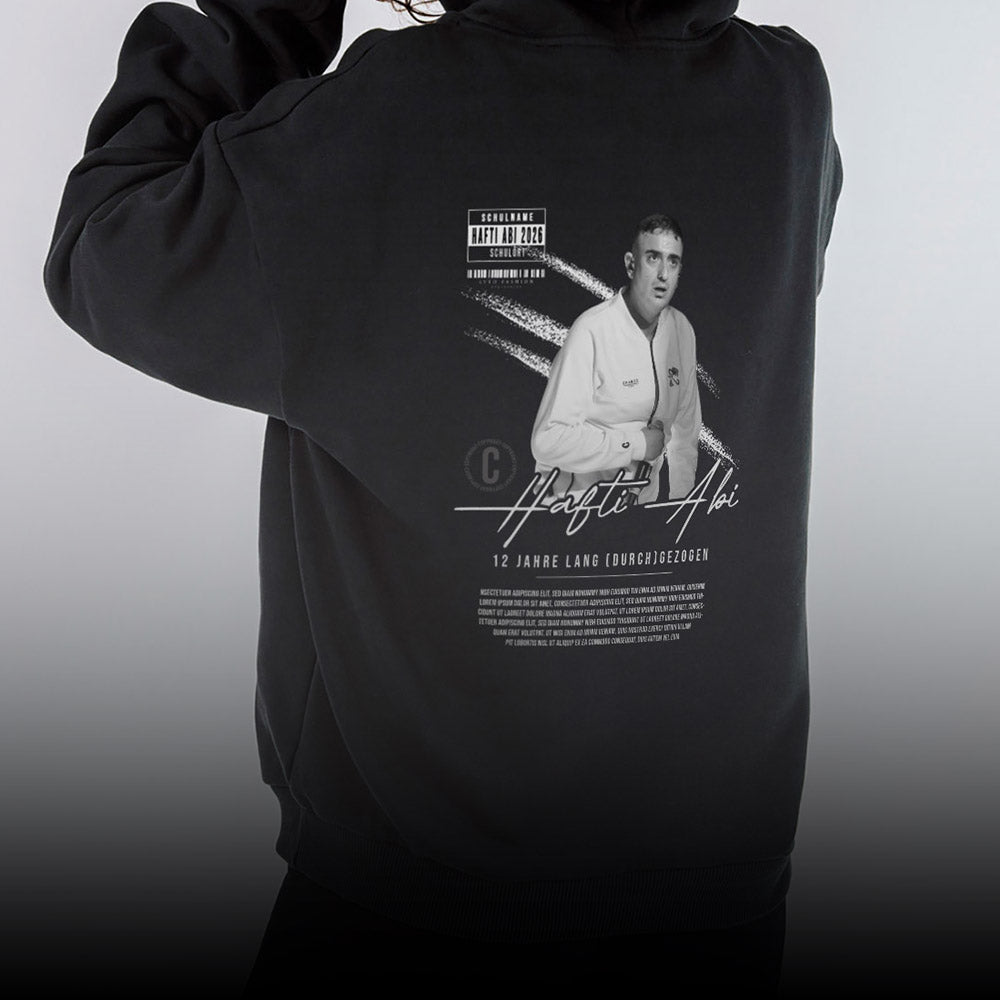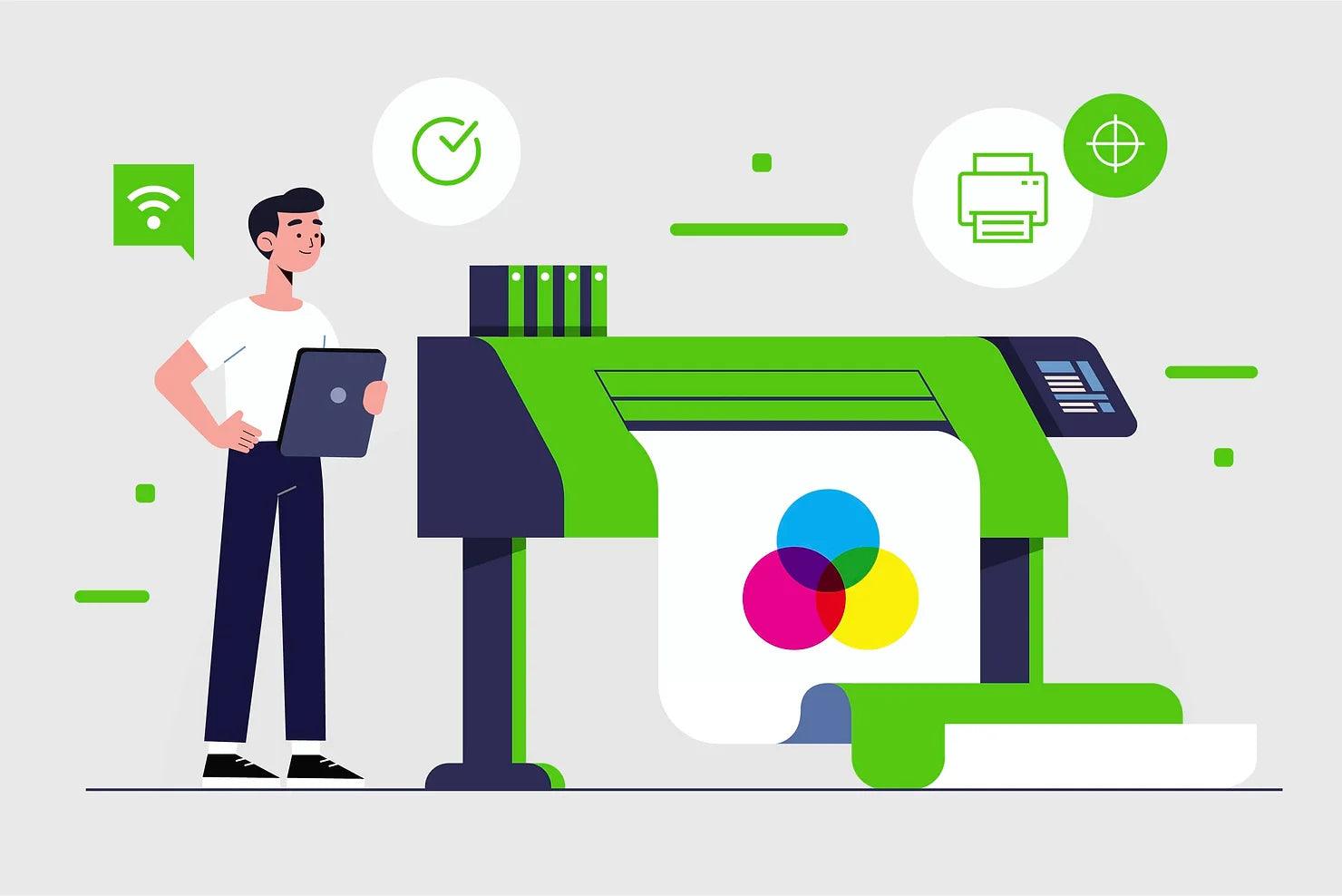There are a variety of processes in textile printing, each with its own advantages and disadvantages. We at LYTD® Fashion will show you what types of printing there are and what properties they bring with them.
screen printing
- From an edition of 20 pieces (ideally more)
- Suitable for simple motifs without gradients
- Extremely worthwhile for very large quantities
- Long-lasting, high wearing comfort
- Best color brilliance
- Maximum printing area 35 x 42 cm
Screen printing is a form of printing that uses a screen to support an ink-blocking stencil. The stencil consists of a thin film that is stretched over the frame of the screen. A squeegee then pushes ink through the open mesh onto the paper or fabric to create an image.
In screen printing, a frame contains a fine-mesh material called a "screen" that blocks areas on the surface of an item being printed, so that ink can only pass through those openings and onto the item underneath. The surface is covered with ink and then pressed against the paper or fabric to be printed.
Flex printing
- from an edition of 10 pieces
- smooth feel
- only monochrome motifs
- maximum printing area 38×45 cm
- Choice of many predetermined color films
Flex printing is a type of digital printing that offers the same benefits as traditional offset printing, but without the high cost. Flex printing is a form of printing in which an inked rubber sheet is pressed onto paper and then transferred to the surface.
A flexographic printer uses a rubber plate or “rubber” to create an image on paper. The rubber is engraved with a text or an image using a process called photopolymerization. The ink adheres to the raised portions of the rubber, causing the ink to transfer to the paper or fabric when pressed against it.
Flock printing
- from an edition of 10 pieces
- velvety feel
- only monochrome motifs
- maximum printing area 38×45 cm
- Choice of many predetermined color films
In the flock printing process, a layer of adhesive is first applied to the material. The adhesive is then sprinkled with the desired flock material and then heated to about 270 degrees Fahrenheit. This causes the flock to melt and stick to the adhesive, creating a strong bond.
Embroidery
- From an edition of 10 pieces due to high tool costs
- But extremely expensive for small quantities
- Extremely robust, elegant feel and look
- Ideal for smaller motifs (maximum embroidery area 21×30 cm)
Embroidery is a form of textile decoration in which colored threads are sewn onto fabric. Embroidered designs can be made by machine or hand and applied to many different types of textiles such as blouses, dresses, skirts and shirts. Embroidering requires more effort (depending on the design)
Digital printing
- Digital printing
- From an edition of 20 pieces
- Ideal for light (cotton) textiles
- Color gradients can be perfectly implemented
- Maximum printing area 40×50 cm
Digital printing is a revolutionary technology that eliminates the need for paper and ink. It is also called inkjet printing or xerography.
This process uses an electrostatic charge to print images onto a print head. Digital printing has made it possible to produce large quantities of high quality prints
We at LYTD® Fashion of course offer you almost all of the above-mentioned textile printing options and advise you for each project as to which method is best suited and cheapest for your individual case. The designs that we create for you are always designed so that the subsequent finishing method is taken into account.
If you would like to introduce your own sustainable collection at your school, college or company without any effort and with digital processing, then simply book a free consultation or request an offer directly.
We look forward to seeing you!
Your Andi from LYTD®



